Ultimate China Itinerary Guide: From Ancient Wonders to Modern Marvels
Luis Rafael•Sep 10, 2024
Traveling through China is like entering a living museum. It is a place where ancient history and innovation roam hand in hand. Traveling this vast land not only lets one see all of the wonders of ancient times but also the modern skylines.
Whether you are a foodie, a historian, or even just looking for an adventure, this China itinerary has it all. In this best China itinerary guide, we will go over where to go and what not to miss.
So, pack your bags and get ready to discover the secrets of one of the world’s oldest civilizations!
In this article:
- Discover Beijing: The Heart of China’s History and Culture
- Explore Xi’an: The Gateway to China’s Ancient Civilizations
- Shanghai: A Blend of Tradition and Innovation
- Guilin and Yangshuo: Nature’s Masterpiece in Southern China
- Chengdu: Where Pandas and Spices Meet
- The Silk Road: Journey Through China’s Ancient Trade Routes
- Tibet and Beyond: Exploring the Roof of the World

Picture by Matze Bob on Unsplash
Discover Beijing: The Heart of China’s History and Culture
Most travel plans to China start from Beijing, which is the nation’s capital. The city acts as the political and cultural center of the country, loaded with history. From ancient palaces to wide gardens, Beijing tells the stories of China’s royal past. If you’re crafting a China itinerary, Beijing is a must-visit destination.
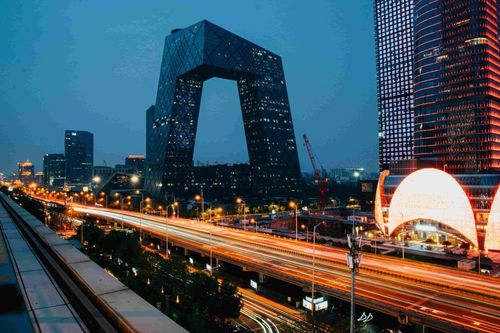
Highlights of Beijing
No trip to Beijing is complete without visiting the Forbidden City. It is a vast palace complex that housed China’s emperors for nearly five centuries. Indeed, a walk through its open courtyards and decorated halls takes you back in time. Not far from the city, the Great Wall of China spreads across the field. It not only offers stunning views but also a chance to walk one of the world’s most famous structures.
Furthermore, those interested in recent history should not miss a trip to Tiananmen Square and the nearby National Museum of China. Here, one can learn about China’s journey from a royal ruling family to a very powerful country.
Best Time to Visit Beijing
Beijing has a clear four-season climate. Thus, the best time to visit is in spring (April to May) or autumn (September to October). During these times, the weather is pleasant, and the skies are mostly clear, which is great for sightseeing. To avoid the crowd, we recommend visiting major attractions early in the morning or late in the afternoon. Moreover, do not miss the chance to taste one of the best dishes in Beijing: Peking duck. People have been improving it for centuries since they created it.
Explore Xi’an: The Gateway to China’s Ancient Civilizations
Xi’an, located in central China, earned its reputation as the gateway to China’s ancient societies. As the starting point of the Silk Road, it serves as a witness to the history that spans over 3,000 years. Including Xi’an in your China itinerary will provide a deep dive into China’s ancient civilizations.
Must-See Attractions in Xi’an
Probably the most famous sightseeing attraction in Xi’an is the Terracotta Warriors. The first emperor of China, Qin Shi Huang, died in 210 BC. He had his life-sized army figures buried with him to protect him in the afterlife. A guided tour of the Terracotta Army Museum not only shows its detailed statues but also explores ancient Chinese grave traditions.
Another must-see is the ancient City Wall, which is among the best-kept city walls in China. It is possible to rent a bike, get on top of the wall, and do some nice cycling while overlooking the city down below.
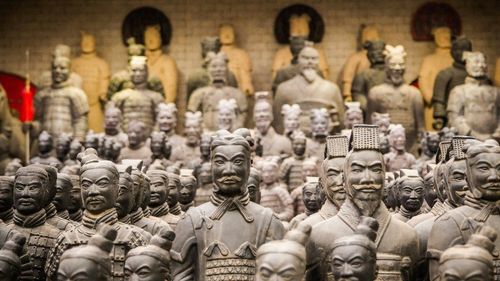
Unique Experiences in Xi’an
Xi’an’s Muslim Quarter is a lively place with busy markets and numerous street food vendors. This area is perfect for trying local dishes, such as roujiamo, or Chinese hamburgers, and yangrou paomo, a lamb soup with torn, soaked bread. Additionally, many mosques line the narrow streets, with the most famous being the Great Mosque, which blends traditional Chinese and Islamic styles.
Shanghai: Tradition and Innovation
Shanghai is the largest city in China, and herein lies the meeting point for tradition and innovation. It is a huge city of towering skyscrapers, old neighborhoods, and a lively arts scene. If your China itinerary includes exploring both the old and the new, Shanghai is the place to be.
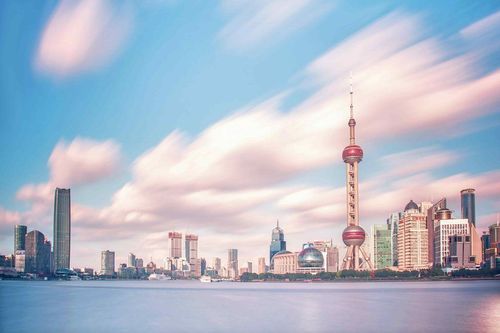
Top Spots in Shanghai
Of Shanghai’s major landmarks, the Bund is the most famous. It is a waterfront area along the Huangpu River that faces colonial-era buildings. It offers views of the city’s modern skyline, including the iconic Pearl and Shanghai Towers.
For a flavor of old Shanghai, visit Yu Garden, an ancient Chinese garden from the Ming Dynasty. Its beautiful rock gardens, small buildings, and ponds make it a calm place that provides a break from city life.
Best Neighborhoods for Dining, Shopping, and Nightlife in Shanghai
Foodies would be in heaven, as Shanghai has it all, from street food to Michelin-star restaurants. The French Concession’s tree-lined streets and stylish cafes make it a top dining spot. Meanwhile, Xintiandi and the Bund have great nightlife, offering bars, clubs, and live music.
Guilin and Yangshuo: Nature’s Masterpiece in Southern China
Guilin and Yangshuo are in southern China. Their stunning scenery—karst mountains, winding rivers, and green rice terraces—has once inspired poets and artists. For nature lovers, including these places in your China itinerary is a must.
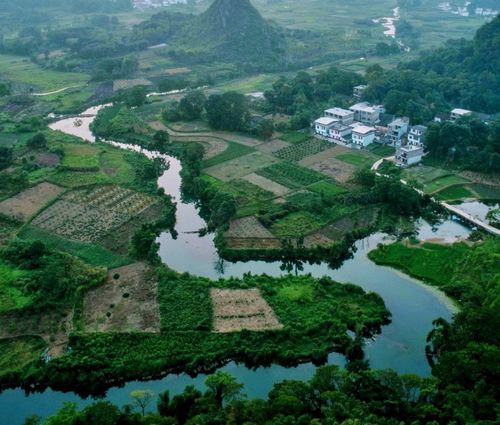
Scenic Boat Rides on the Li River and Cycling Through Rice Terraces
One of the best ways to experience Guilin’s natural beauty is by taking a boat ride along the Li River. As you glide along the water, those dramatic limestone peaks and charming fishing villages surround you. Indeed, the small groups of trees await your presence. A special beauty comes with a cruise from Guilin to Yangshuo. It is widely considered one of the best in the world.
Additionally, you can easily explore the countryside on a rented bike from Yangshuo. You’ll find hidden villages, ancient bridges, and rice-terraced fields. Moreover, this is also a fine rock-climbing area with routes that range from easy to challenging, suitable for all levels of ability.
Hidden Gems and Off-the-Beaten-Path Adventures in Guilin
Most tourists to Guilin take the famous Li River cruise. However, there is much to discover off the beaten path. First among them is the Longji Rice Terraces, also called the Dragon’s Backbone. For centuries, people dug these terraces into the mountains. They provide a stunning view and a chance to see rural Chinese life.
Chengdu: Where Pandas and Spices Meet
Chengdu, the capital of Sichuan Province, is famous for its relaxed lifestyle, spicy food, and cute giant pandas. It’s cultural things and natural beauty is amazing. This city is a great addition to your China itinerary for its unique blend of nature and culture.
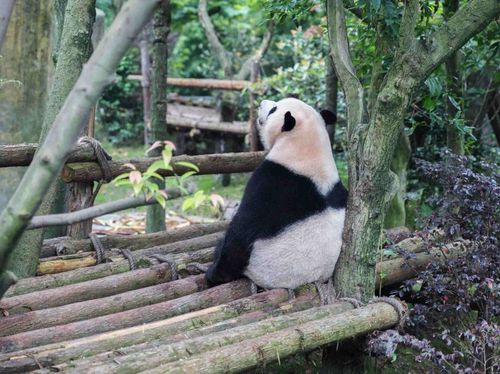
Panda Encounters and the Best Sichuan Food Experiences
Animal lovers must visit the Chengdu Research Base of Giant Panda Breeding. It will not only help you watch the giant pandas, which are always interesting because of their nature but also show you the efforts to protect these endangered animals.
Furthermore, the world also knows Chengdu as the city of spicy Sichuan foods. Do not miss the local dishes: spicy grilled hot pot, mapo tofu, and Kung Pao chicken. For a real experience, try a local hot pot restaurant where you can make your own hot pot with various meats, vegetables, and spices.
Cultural Highlights in Chengdu
Besides the pandas and spicy food, Chengdu is home to several other cultural attractions. Wuhou Shrine and Jinli Ancient Street showcase the city’s history. People’s Park is for relaxation and a cup of tea in its teahouses. In this park, tai chi, mahjong, and singing with recorded music are typical activities for the local citizens.
The Silk Road: Journey Through China’s Ancient Trade Routes
The Silk Road was an ancient network of trade routes linking China and the Mediterranean. It was a historic route for the exchange of goods, ideas, and culture between the East and the West.
Key Silk Road Destinations
In Dunhuang town, the Mogao Cave has a thousand Buddha images. It is part of a series of Buddhist cave temples, murals, and statues. A more romantic tale of the town is linked to the nearby Crescent Lake and Singing Sand Dunes. Adding a human touch would personalize the message.

Additionally, Zhangye is famous for its amazing, colorful Danxia landforms. This is another place that should be on the Silk Road. Its layered red sandstone and minerals have colored the rock, creating a kaleidoscopic world that is all its own in China.
Meanwhile, Urumqi, the capital of Xinjiang Uygur Autonomous Region, is a mixture of different cultures. In the city, you can find the Grand Bazaar—a great place to shop for local handicrafts, spices, dried fruits, and more.
Cultural and Historical Significance of the Silk Road
The Silk Road is the route not only for trade but also for knowledge, technology, and custom exchange. This ancient route reveals a deep history, with many people, languages, and religions. Indeed, a journey across the Silk Road reveals China’s customs, from Buddhist temples to Islamic mosques.
Tibet and Beyond: Exploring the Roof of the World
Many call Tibet the “Roof of the World.” Its natural beauty and rich custom make it unique. In most ways, going to Tibet is an unusually great experience, as you can see much of the way of life in a native village. Adding Tibet to your China itinerary can provide an unforgettable spiritual and cultural experience.
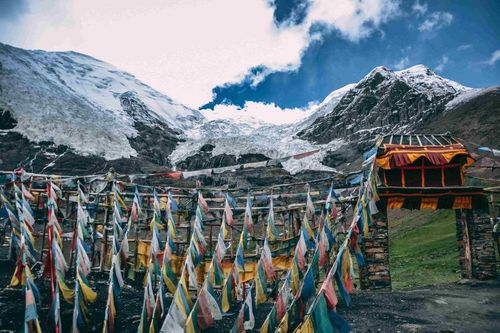
Essential Sights in Tibet
The Potala Palace stands atop a hill in Lhasa, one of the most iconic sites in Tibet. It used to be the winter residence of the Dalai Lamas and is now a massive palace compound. Today, it is a UNESCO World Heritage Site. Inside, decorated small churches and detailed murals are stunningly beautiful. There are also views of the surrounding mountains
Also, the Jokhang Temple, situated in the heart of Lhasa, remains another must-visit. This old temple is the spiritual heart of Tibet and a key religious journey site for Tibetan Buddhists.
Practical Tips for Traveling in Tibet and Acclimating to High Altitudes
Trekking to Tibet requires some first work, as foreigners need special permission to enter the region. When visiting Lhasa, at over 3,600 meters (11,800 feet), you must get used to the high altitude. One should not push too hard for the first few days to avoid altitude sickness. Instead, relax, drink plenty of water, and avoid alcohol. In case you are feeling unwell, keep going down to a lower altitude until you feel well enough.
Stay Connected In Your China Itinerary with Yoho Mobile
Staying connected in China while on the go can be quite a task, especially when going a bit off the beaten path. However, Yoho Mobile gives you unlimited connectivity to every corner of your destination. Not only does it keep you in touch with family and friends, but it also helps you navigate unfamiliar cities and share your travel adventures on social media.
When planning your China itinerary, Stay connected while you travel—try Yoho Mobile’s free eSIM trial and get instant access to mobile data in over most countries. No SIM card, no contracts—just a quick setup and you’re online in minutes.
If you want to get your eSIM plan afterwards, use the code YOHO12 at checkout for a 12% discount!
